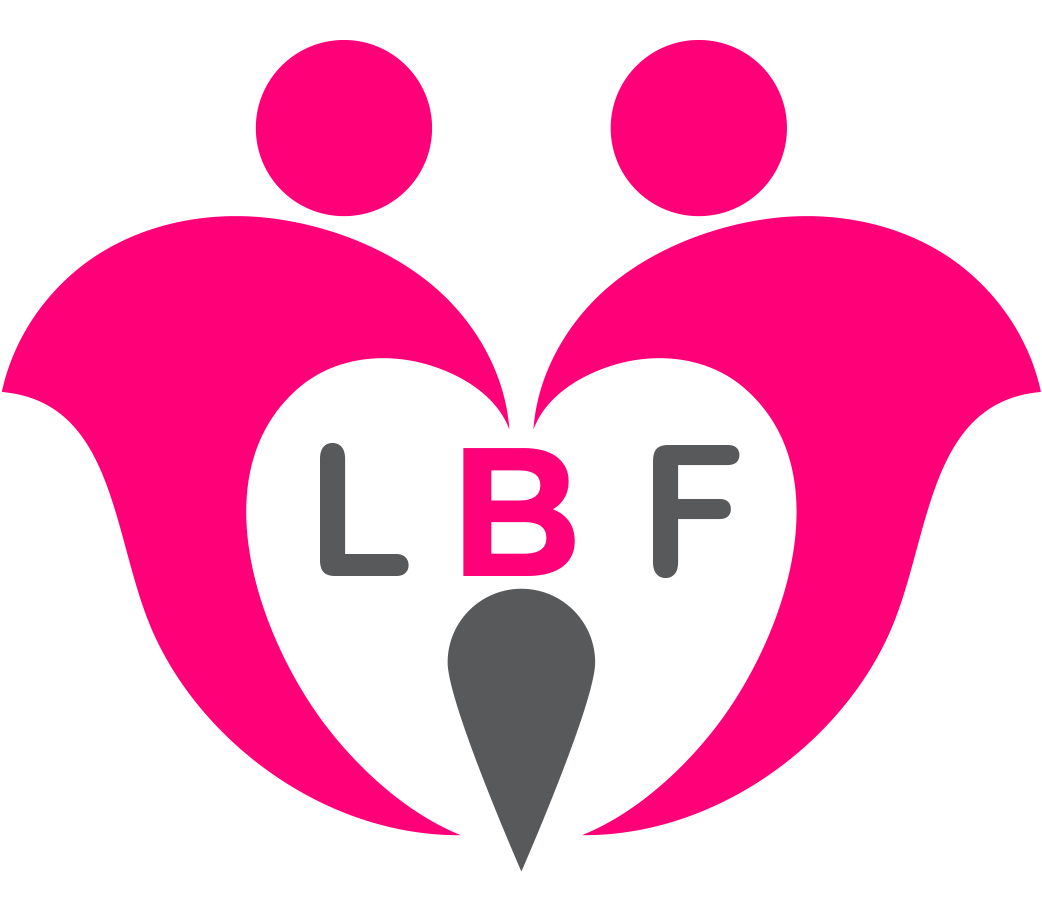Understanding Proper Latching
Proper latching is a pivotal element in successful breastfeeding, directly affecting both the mother’s comfort and the baby’s nutrition. A correct latch ensures that the baby can efficiently draw milk while helping to prevent common breastfeeding issues such as nipple pain, mastitis, and insufficient milk transfer. Understanding the signs of a good latch and mastering the techniques for achieving and maintaining it are essential skills for every breastfeeding mother.
One of the primary indicators of a good latch is the baby’s mouth positioning. The baby’s mouth should cover a large portion of the areola, not just the nipple. This allows the baby to compress the milk ducts effectively. Additionally, a well-latched baby will have their lips flanged outward, forming a tight seal around the breast, and their chin will be touching the breast, aiding in proper milk extraction. These signs collectively indicate that the baby is latched correctly and feeding efficiently.
Techniques such as the ‘nose-to-nipple’ approach can be highly effective in achieving a proper latch. To implement this method, align the baby’s nose with your nipple and wait for the baby to open their mouth wide. Once the baby opens their mouth, bring them to the breast, allowing their chin to touch the breast first and ensuring their mouth covers the areola. This technique encourages the baby to take a large mouthful of the breast, fostering a more effective latch.
Despite following these guidelines, some mothers may encounter latching problems. Common issues include shallow latch, nipple pain, and the baby slipping off the breast. If pain persists beyond the initial moments of breastfeeding or if there are visible signs of ineffective latching, such as dimpling of the baby’s cheeks or clicking sounds, it may be necessary to consult a lactation specialist. They can provide personalized strategies and adjustments to improve latching and overall breastfeeding experience.
In cases where mothers experience pain during breastfeeding, repositioning the baby or reshaping the breast to create a deeper latch can often alleviate discomfort. Using various breastfeeding positions, such as the cradle hold, cross-cradle hold, or football hold, can also assist in achieving a better latch. Different positions may work better for different mother-baby duos, so it is beneficial to experiment with several to find the most comfortable and effective one.
Exploring Different Breastfeeding Positions for Comfort
Ensuring comfort for both mother and baby during breastfeeding is paramount. The choice of breastfeeding position can significantly impact this comfort. Below, we examine popular breastfeeding positions and provide detailed guidance on each, including their benefits and challenges, as well as tips for adaptation and support tools.
Cradle Hold
The cradle hold is one of the most traditional breastfeeding positions. To execute this, mother sits upright, cradling the baby’s head in the crook of her arm, with the baby facing inward. This position is often favored for its simplicity and easy access to the breast. However, proper alignment of baby’s head, neck, and body is crucial to ensure effective latching and to avoid strain on the mother’s back.
Cross-Cradle Hold
The cross-cradle hold offers more control over the baby’s head. It involves mother sitting upright and holding the baby’s head with the opposite hand, using the arm on the feeding side to support the baby’s body. This method is especially useful for newborns or preemies who need extra support to achieve a good latch. While highly effective, this position could be challenging without adequate back and arm support and might require the use of pillows.
Football Hold
In the football hold, mother tucks the baby under her arm on the same side as the feeding breast, akin to holding a football. This position is particularly advantageous for mothers recovering from a C-section, as it keeps pressure off the abdomen. It’s also desirable for mothers with large breasts or when breastfeeding twins. However, this position might feel awkward initially and typically requires alignment tools like pillows to sustain comfort.
Side-Lying Position
The side-lying position allows mothers to breastfeed while lying down, with the baby parallel to her body. It’s an excellent option for nighttime feedings or if the mother needs rest. This position can facilitate a relaxed feeding environment but requires mindful alignment of the baby to prevent potential latching difficulties and to ensure the airway remains clear.
For each position, integrating support tools like breastfeeding pillows can dramatically enhance comfort and reduce physical strain. Proper back support is equally important, whether through ergonomic chairs or abundant pillows. Adapting these positions to specific situations, such as post-C-section recovery or breastfeeding twins, is essential in achieving a comfortable and effective breastfeeding experience. Leveraging these positions and support tools can thus transform breastfeeding into a more enjoyable practice for both mother and baby.
